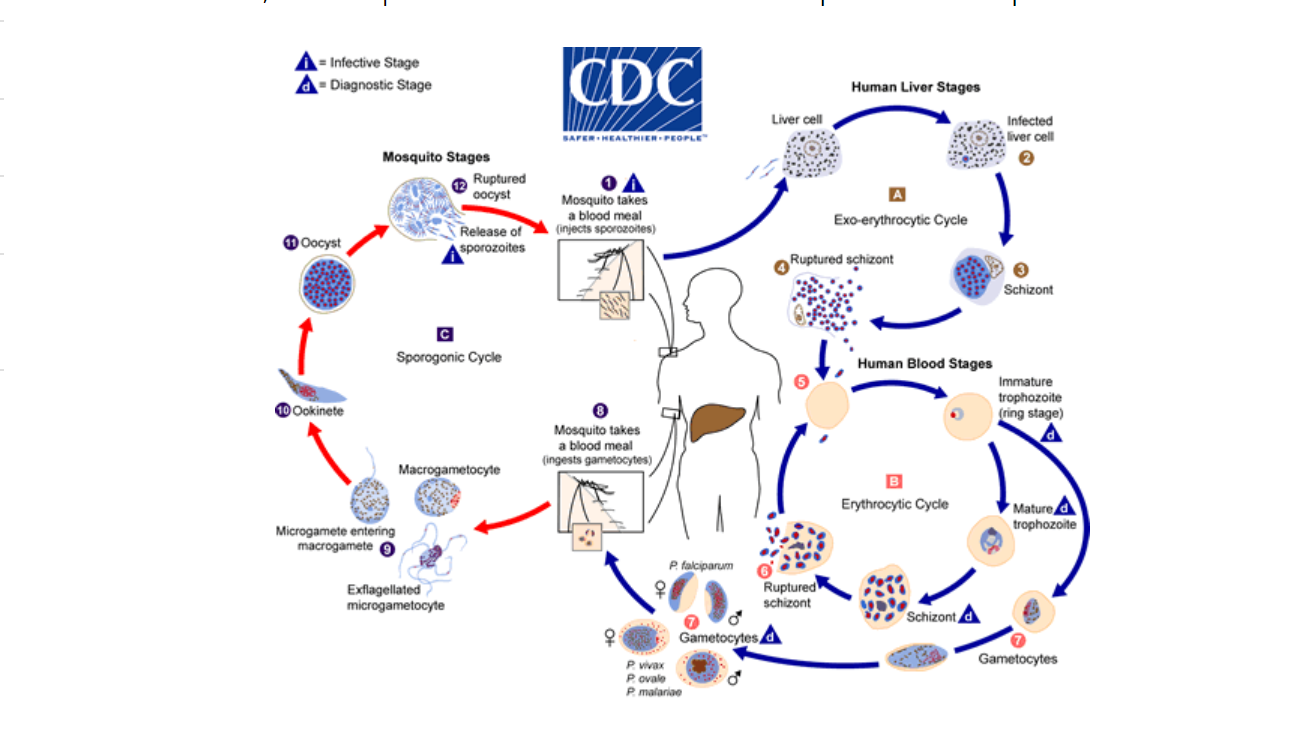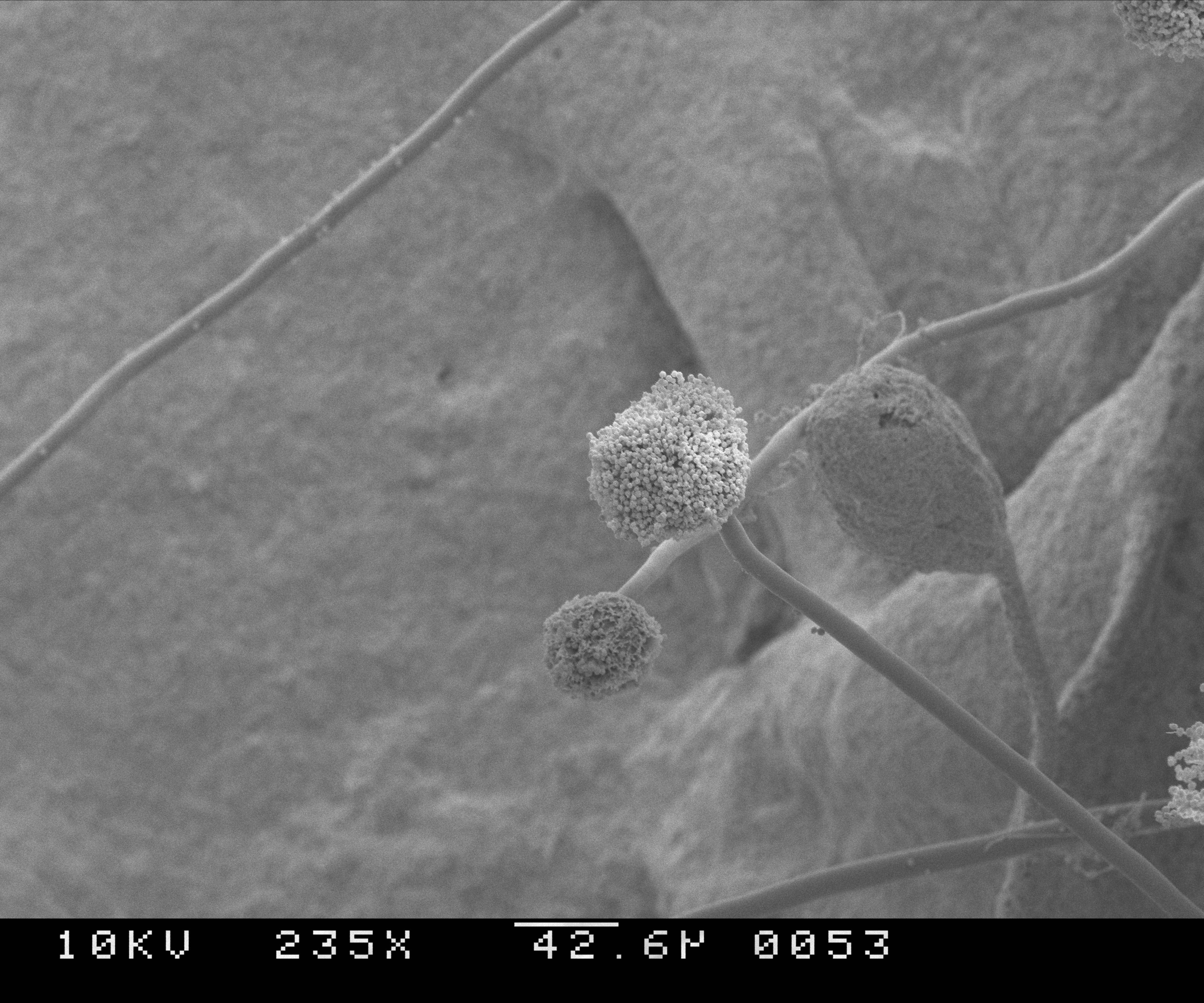|
Sapronotic
A sapronosis is an infectious disease caused by an organism that is able to live and reproduce in the soil or an other abiotic environment, and infects a living host directly from that environment. One widely-known example of a sapronosis is Legionnaire's disease. Approximately a third of all known disease organisms are sapronoses. Almost all fungal infections are sapronoses, but there are no known sapronotic viruses. Occupation often plays a role in sapronoses: people working with the soil, such as farmers or gardeners, are often at particularly high risk. Sporotrichosis, a fungal sapronosis, is for example sometimes known as "rose handler's disease". Sapronoses pose unique public health challenges. Because they can persist in the environment outside of any living host, they are difficult to control or eradicate. Their spread is also not subject to threshold host density. Sapronotic outbreaks are typically caused by a common source material, can be stopped by removing that materi ... [...More Info...] [...Related Items...] OR: [Wikipedia] [Google] [Baidu] |
Reverse Zoonosis
A reverse zoonosis, also known as a zooanthroponosis (Greek "animal", "man", ''"''disease") or anthroponosis, is a pathogen reservoired in humans that is capable of being transmitted to non-human animals. Terminology Anthroponosis refers to pathogens sourced from humans and can include human to non-human animal transmission but also human to human transmission. The term zoonosis technically refers to disease transferred between any animal and another animal, human or non-human, without discretion, and also been defined as disease transmitted from animals to humans ''and vice versa''. Yet because of human-centered medical biases, zoonosis tends to be used in the same manner as anthropozoonosis which specifically refers to pathogens reservoired in non-human animals that are transmissible to humans. Additional confusion due to frequency of scientists using "anthropozoonosis" and "zooanthroponosis" interchangeably was resolved during a 1967 Joint Food and Agriculture and World He ... [...More Info...] [...Related Items...] OR: [Wikipedia] [Google] [Baidu] |
Coccidioidomycosis
Coccidioidomycosis (, ), commonly known as cocci, Valley fever, as well as California fever, desert rheumatism, or San Joaquin Valley fever, is a mammalian fungal disease caused by ''Coccidioides immitis'' or ''Coccidioides posadasii''. Coccidioidomycosis is endemic in certain parts of the United States in Arizona, California, Nevada, New Mexico, Texas, Utah, and northern Mexico. ''C. immitis'' is a dimorphic saprophytic fungus that grows as a mycelium in the soil and produces a spherule form in the host organism. It resides in the soil in certain parts of the southwestern United States, most notably in California and Arizona. It is also commonly found in northern Mexico, and parts of Central and South America. ''C. immitis'' is dormant during long dry spells, then develops as a mold with long filaments that break off into airborne spores when it rains. The spores, known as arthroconidia, are swept into the air by disruption of the soil, such as during construction, farming, lo ... [...More Info...] [...Related Items...] OR: [Wikipedia] [Google] [Baidu] |
Zoonosis
A zoonosis (; plural zoonoses) or zoonotic disease is an infectious disease of humans caused by a pathogen (an infectious agent, such as a bacterium, virus, parasite or prion) that has jumped from a non-human (usually a vertebrate) to a human. Typically, the first infected human transmits the infectious agent to at least one other human, who, in turn, infects others. Major modern diseases such as Ebola virus disease and salmonellosis are zoonoses. HIV was a zoonotic disease transmitted to humans in the early part of the 20th century, though it has now evolved into a separate human-only disease. Most strains of influenza that infect humans are human diseases, although many strains of bird flu and swine flu are zoonoses; these viruses occasionally recombine with human strains of the flu and can cause pandemics such as the 1918 Spanish flu or the 2009 swine flu. ''Taenia solium'' infection is one of the neglected tropical diseases with public health and veterinary concern in en ... [...More Info...] [...Related Items...] OR: [Wikipedia] [Google] [Baidu] |
Vegetative Reproduction
Vegetative reproduction (also known as vegetative propagation, vegetative multiplication or cloning) is any form of asexual reproduction occurring in plants in which a new plant grows from a fragment or cutting of the parent plant or specialized reproductive structures, which are sometimes called vegetative propagules. Many plants naturally reproduce this way, but it can also be induced artificially. Horticulturists have developed asexual propagation techniques that use vegetative propagules to replicate plants. Success rates and difficulty of propagation vary greatly. Monocotyledons typically lack a vascular cambium, making them more challenging to propagate. Background Plant propagation is the process of plant reproduction of a species or cultivar, and it can be sexual or asexual. It can happen through the use of vegetative parts of the plants, such as leaves, stems, and roots to produce new plants or through growth from specialized vegetative plant parts. While m ... [...More Info...] [...Related Items...] OR: [Wikipedia] [Google] [Baidu] |
Amoebic Meningoencephalitis
Naegleriasis (also known as primary amoebic meningoencephalitis; PAM) is an almost invariably fatal infection of the brain by the free-living unicellular eukaryote ''Naegleria fowleri''. Symptoms are meningitis-like and include headache, fever, nausea, vomiting, a stiff neck, confusion, hallucinations and seizures. Symptoms progress rapidly over around five days, and death usually results within one to two weeks of symptoms. ''N. fowleri'' is typically found in warm bodies of fresh water, such as ponds, lakes, rivers and hot springs. It is also found in an amoeboid or temporary flagellate stage in soil, poorly maintained municipal water supplies, water heaters, near warm-water discharges of industrial plants and in poorly chlorinated or unchlorinated swimming pools. There is no evidence of it living in salt water. As the disease is rare, it is often not considered during diagnosis. Although infection occurs very rarely, it almost inevitably results in death. Of the 450 or so ... [...More Info...] [...Related Items...] OR: [Wikipedia] [Google] [Baidu] |
Clostridium
''Clostridium'' is a genus of anaerobic, Gram-positive bacteria. Species of ''Clostridium'' inhabit soils and the intestinal tract of animals, including humans. This genus includes several significant human pathogens, including the causative agents of botulism and tetanus. It also formerly included an important cause of diarrhea, ''Clostridioides difficile'', which was reclassified into the ''Clostridioides'' genus in 2016. History In the late 1700s, Germany experienced a number of outbreaks of an illness that seemed connected to eating certain sausages. In 1817, the German neurologist Justinus Kerner detected rod-shaped cells in his investigations into this so-called sausage poisoning. In 1897, the Belgian biology professor Emile van Ermengem published his finding of an endospore-forming organism he isolated from spoiled ham. Biologists classified van Ermengem's discovery along with other known gram-positive spore formers in the genus ''Bacillus''. This classification prese ... [...More Info...] [...Related Items...] OR: [Wikipedia] [Google] [Baidu] |
Spore
In biology, a spore is a unit of sexual or asexual reproduction that may be adapted for dispersal and for survival, often for extended periods of time, in unfavourable conditions. Spores form part of the life cycles of many plants, algae, fungi and protozoa. Bacterial spores are not part of a sexual cycle, but are resistant structures used for survival under unfavourable conditions. Myxozoan spores release amoeboid infectious germs ("amoebulae") into their hosts for parasitic infection, but also reproduce within the hosts through the pairing of two nuclei within the plasmodium, which develops from the amoebula. In plants, spores are usually haploid and unicellular and are produced by meiosis in the sporangium of a diploid sporophyte. Under favourable conditions the spore can develop into a new organism using mitotic division, producing a multicellular gametophyte, which eventually goes on to produce gametes. Two gametes fuse to form a zygote which develops into a new s ... [...More Info...] [...Related Items...] OR: [Wikipedia] [Google] [Baidu] |
Cryptococcosis
Cryptococcosis is a potentially fatal fungal infection of mainly the lungs, presenting as a pneumonia, and brain, where it appears as a meningitis. Cough, difficulty breathing, chest pain and fever are seen when the lungs are infected. When the brain is infected, symptoms include headache, fever, neck pain, nausea and vomiting, light sensitivity and confusion or changes in behaviour. It can also affect other parts of the body including skin, where it may appear as several fluid-filled nodules with dead tissue. It is caused by the fungi ''Cryptococcus neoformans'' or less commonly ''Cryptococcus gattii'', and is acquired by breathing in the spores from the air. These fungi are found around the world in soil, decaying wood, pigeon droppings, and in the hollows of some species of trees. Whereas ''C. neoformans'' infects generally people with HIV/AIDS and those on immunosuppressant drugs and does not usually affect fit and healthy people, ''C. gattii'' (found in some parts of Cana ... [...More Info...] [...Related Items...] OR: [Wikipedia] [Google] [Baidu] |
Aspergillosis
Aspergillosis is a fungal infection of usually the lungs, caused by the genus ''Aspergillus'', a common mould that is breathed in frequently from the air around, but does not usually affect most people. It generally occurs in people with lung diseases such as asthma, cystic fibrosis or tuberculosis, or those who have had a stem cell or organ transplant, and those who cannot fight infection because of medications they take such as steroids and some cancer treatments. Rarely, it can affect skin. Aspergillosis occurs in humans, birds and other animals. Aspergillosis occurs in chronic or acute forms which are clinically very distinct. Most cases of acute aspergillosis occur in people with severely compromised immune systems, e.g. those undergoing bone marrow transplantation. Chronic colonization or infection can cause complications in people with underlying respiratory illnesses, such as asthma, cystic fibrosis, sarcoidosis, tuberculosis, or chronic obstructive pulmonary disease. Most ... [...More Info...] [...Related Items...] OR: [Wikipedia] [Google] [Baidu] |
Histoplasmosis
Histoplasmosis is a fungal infection caused by ''Histoplasma capsulatum''. Symptoms of this infection vary greatly, but the disease affects primarily the lungs. Occasionally, other organs are affected; called disseminated histoplasmosis, it can be fatal if left untreated. Histoplasmosis is common among AIDS patients because of their suppressed immunity. In immunocompetent individuals, past infection results in partial protection against ill effects if reinfected. ''Histoplasma capsulatum'' is found in soil, often associated with decaying bat guano or bird droppings. Disruption of soil from excavation or construction can release infectious elements that are inhaled and settle into the lung. From 1938 to 2013 in the US, 105 outbreaks were reported in a total of 26 states plus Puerto Rico. In 1978 to 1979 during a large urban outbreak in which 100,000 people were exposed to the fungus in Indianapolis, victims had pericarditis, rheumatological syndromes, esophageal and vocal cord ... [...More Info...] [...Related Items...] OR: [Wikipedia] [Google] [Baidu] |
Environmental Pathogen
A biophysical environment is a biotic and abiotic surrounding of an organism or population, and consequently includes the factors that have an influence in their survival, development, and evolution. A biophysical environment can vary in scale from microscopic to global in extent. It can also be subdivided according to its attributes. Examples include the marine environment, the atmospheric environment and the terrestrial environment. The number of biophysical environments is countless, given that each living organism has its own environment. The term ''environment'' can refer to a singular global environment in relation to humanity, or a local biophysical environment, e.g. the UK's Environment Agency. Life-environment interaction All life that has survived must have adapted to the conditions of its environment. Temperature, light, humidity, soil nutrients, etc., all influence the species within an environment. However, life in turn modifies, in various forms, its conditions. S ... [...More Info...] [...Related Items...] OR: [Wikipedia] [Google] [Baidu] |







